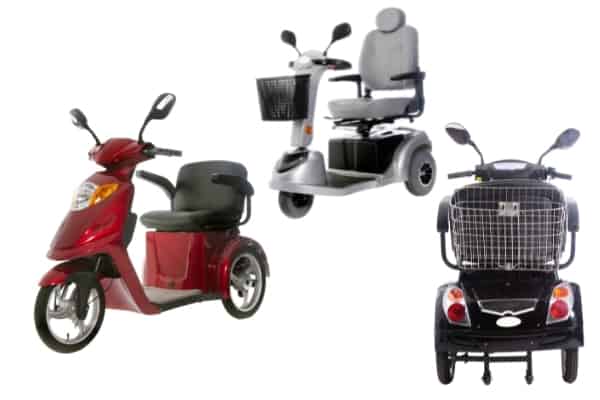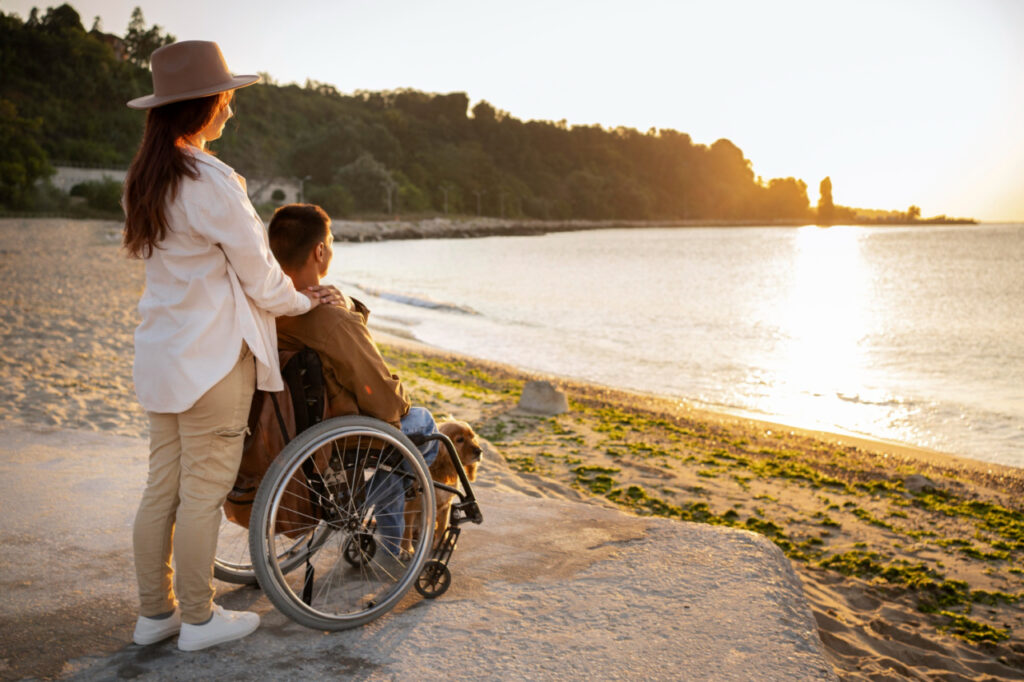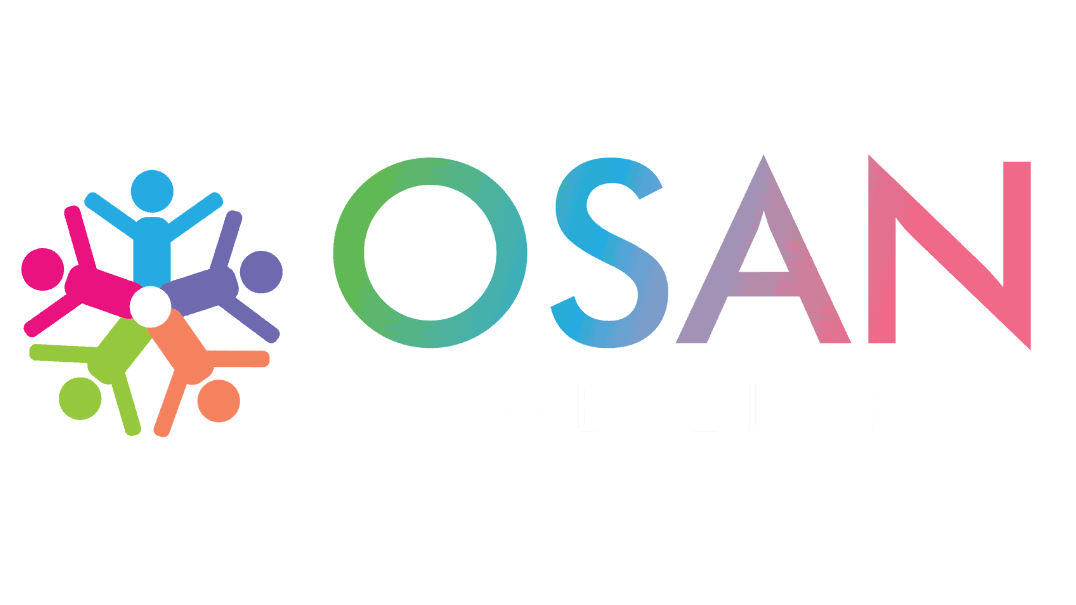Aging comes with its fair share of challenges, with the most common one being trouble with mobility. With age, our muscles shrink and lose mass while our joints can also develop problems with strength and mobility. In turn, this can make normal mobility highly challenging.
With the right mobility equipment, your aging loved one can move more independently, experience lower joint pain, and have improved confidence, independence outcomes, and self-esteem.
More importantly, the number of falls among seniors in Australia can be reduced by providing them with the right mobility equipment. Research shows that 30% of Australian adults aged 65 years or more experience at least one fall every year. In turn, this costs the country around $139-$209 million
What is the best mobility aid for your loved one? We’ve written this guide that helps you choose the right mobility equipment. In it, you’ll learn the various types of mobility aids, the factors to consider when choosing a mobility aid, and where to get price-friendly mobility aid for your aging loved one.
Types of mobility equipment
As recently as 3 to 4 decades ago, older adults had limited mobility equipment to support their living. However, with advancements in technology, getting the right mobility aids have never been easier to access.
Usually, mobility aid can be grouped into two major categories, namely walking replacement devices and walking assistance devices.
Walking replacement devices
These are mobility equipment designed to help seniors who can’t walk on their own. Examples are wheelchairs, lifters, electric beds, and scooters.
Wheelchairs
Perhaps the most common and standard mobility equipment, wheelchairs play an essential role in preventing falls and enhancing the independence of seniors and people living with a disability. It’s used mainly by older adults that have lost their ability to move. Unlike walking assistance equipment, the wheelchair does the moving for an individual. Usually, there are several types of wheelchairs, including:
– Standard wheelchairs, which are the frequently used wheelchairs
– Powered wheelchair better for tight outdoor areas
– Active wheelchair for active users
– Tilt-n-space used for better feeding
– Pediatric wheelchairs for children
– Sports wheelchairs are used by those who want to lead a more active lifestyle.
The main differences between these wheelchairs are rooted in their purpose, how they are operated, and for whom they are made.
Scooters
Although they are similar to wheelchairs, scooters are bulkier and are mainly designed to be used outdoors. They are electrically powered, meaning your aging loved one can still move about on their own. Unlike a powered wheelchair, a scooter can also cover a broader range of terrain.
Lifters
Individuals with limited mobility commonly use lifters. They are the assistive devices used by caregivers to transfer your aging loved one from the bed to a chair and back.
Electric beds
These are electrically powered beds that can move around the room. They also allow for sleeping position adjustments to ensure your loved one is as comfortable as possible.
Walking Assistance Devices
These are the mobility aids designed to help seniors who can walk but have challenges moving around. They include:
- Canes: Perhaps the most standard and common type of walking aid, canes provide aging adults with balance and reduce the pressure on joints, making it easier to walk. Canes can be classified further into:
– Quad canes
– Adjustable cane
– Forearm cane
- Access ramps: Seniors with scooters and wheelchairs use this equipment to move around and about easily.
- Handrails: Handrails can be installed almost everywhere needed, including in toilets, in the bedroom, on the bed, and in other locations in the home.
- Walkers: This is a device used to offer stability to aging.
- Rollators: These are wheeled walkers that have seats and hand brakes. They provide the elderly with high-level stability, making it easier to move around and about.
- Clutches: The walking aid devices take the weight from the legs and transfer it to the upper body. They are used in pairs and are often difficult to use as compared to canes
Others:
Other equipment may also be important to aid the mobility of your loved one. This includes:
- Portable stair climbers and emergency evacuation aids
- Portable and Stationary Concentrators
Factors to consider when buying mobility equipment
Choosing a mobility aid is a personal affair. What may work for one older adult may not be helpful to another. Thus, when looking to buy mobility equipment for you or your aging loved one, you must consider their specific needs. What exact problem is the equipment aiming to solve?
If all your loved one needs is a device to support them, a walking device like a cane can suffice. However, if they need a device that can help them with movement, either wheelchairs or a scooter may be appropriate.
Once you have an idea of what you or your loved one needs, you need to narrow down your choices. In this case, you can consider the following factors:
– Storage and transport assistance
– Comfort and ease of use
– The device’s purpose.
These factors will help you in choosing the perfect mobility aid for you or your loved one.
Trust OSAN to Supply You With The Right Mobility Equipment
As we age, our joints develop problems, our bones can become brittle, and our muscles lose mass. This can, unfortunately, make routine tasks highly challenging. In extreme cases, it could make it hard for us to move from one place to another and increase our likelihood of falling.
If you or your loved one are experiencing any challenge walking, OSAN ABILITY has you covered. For years we’ve provided our clients with a wide variety of mobility equipment, each designed to fit their specific needs. Contact us today to experience relief at our personal care services










